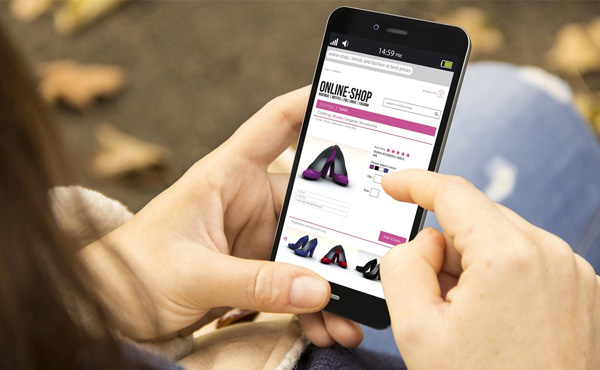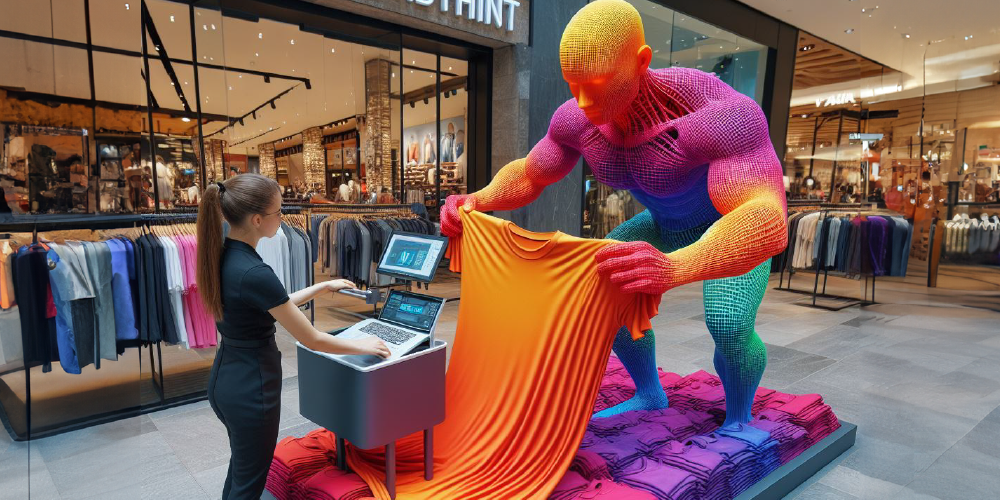It’s that time of the year when you take an account of the year gone by and make plans for the year ahead. That’s right. With already a month into the New Year, most of your business plans for 2016 might be ready keeping in mind what you were to able to accomplish in the past year. For some, 2016 may be just another year, but if you are in the eCommerce industry – things might get a little exciting this year. For you to make the most out of this year, we’ve listed down 5 important eCommerce trends to watch out for in 2016.
The Goldman Sachs Group Inc. estimates that mobile commerce will represent nearly half of eCommerce by 2018. Goldman Sachs predicts retail mobile commerce sales (excluding travel and excluding digital goods such as music and apps) will increase 39.1% to $415 billion in 2016, rise 24.4% to $516 billion in 2017, and jump 21.3% to $626 billion in 2018. Further, it forecasts that mobile commerce will represent 40.5% in 2016, 43.8% in 2017, and 46.6% in 2018.
All this data points to just one thing if you are an eCommerce player – if you have been ignoring mobile till now, God save your business in 2016 and beyond! While some retailers in India are still figuring out what works best or not, many brands globally have successfully replaced their clunky mobile sites/apps with far more simple and intuitive.
Contextual Shopping Experience
Personalized shopping experiences are soon going to be dead. Too optimistic, you say? Not really. While shoppers appreciate customized product suggestions, many are annoyed when a product they viewed just once on Amazon continues to follow them around for weeks or even months on sites like Facebook, regardless of their actual interest level.
As an eCommerce site, what this tells you is that retargeting may be good enough to bring clicks (notice the stress on may be?). But, what it doesn’t tell you is that consumers get frustrated with such experiences. Instead, if the right content (offer/promotion) were to be presented with the right set of consumers (opted-in) at the right time (product discovery), then your business could efficiently lead shoppers to make a buying decision.
Mobile commerce (see Trend #1) plays an important role here. With technologies like iBeacon and smartphones, retailers are creating contextual shopping experiences built around the consumer. While the amount of data generated, their aggregation, and extracting possible insights remain a considerable challenge, 2016 could see tremendous developments on this front – paving greater inroads for contextual commerce.
Real-time Data Analytics
Data is a useful tool that can help you identify how business’ health. Sadly, with traditional analytical methods, spotting trends is a time-intensive procedure. On the other hand, real-time tracking can help online retailers offer a more holistic shopping experience and leave fewer opportunities on the table.
Although this may feel a little intrusive, it isn’t. Smart data can tell you that a particular customer has been looking at a particular category or even a particular product for days, has added it to his/her cart and removed it, but what adds value to the customer is when a chat representative pops up to tell him/her about an offer to entice the customer to make the purchase or just help him/her make an informed purchase. That, we believe, is how the shopping experience will move from just ads following a customer around the Internet to a shopping experience that revolves around the customer’s need.
More importantly, real-time analytics helps you make informed decisions by monitoring past performance and, to a great extent, predicting the future. Be it intraday revenue metrics, average gross merchandise value, social media spend, or product-wise/category-wise performance – real-time analytics is capable of providing you with insights that could make a huge difference to your business.
Video Marketing
Optimized product descriptions and high-quality photography have been the long-standing touch-and-feel experience alternatives for eCommerce sites. Interactive features & benefits and 360-degree image views have revolutionized the way consumers interact with a product online and more often than not influenced a buying decision.
With the advent of the year 2016, eCommerce sites will have to take content creation to the next level with video marketing. It’s not new, but we believe with the rise of live streaming apps like Periscope & Meerkat and Virtual Reality advancements, conveying brand stories with amazing video content could help you go viral and build a cult brand following. Heard of the Dollar Shave Club? They did something similar too.
On an operational level, videos can boost your site’s SEO, increase engagement across social media, make your content shareable, and help shoppers consume a lot of information in a short time. BTW, do you know what time is it? It’s time to give a serious thought to video marketing in 2016!
Social Shopping
Some years ago, social shopping meant a brand having a Facebook page, a Twitter handle and sharing buttons on its site. Today, social shopping, or social commerce, fulfills a shopper’s innate desire for social recognition or decision reassurance of having made a purchase. Since online shopping doesn’t come with the rewards of walking into a store and then coming out holding the desired product, social shopping intends to mimic the best parts of an in-store experience.
As the social media giants like Facebook, Twitter, Pinterest, Instagram & Snapchat experiment with the ‘Buy’ button, experts debate on whether these platforms may really be able to deliver performance as users don’t flock to these websites with a buying intent. Having said that, consumers’ dependence on user-generated content like reviews has been one aspect of social shopping that’s prevalent on today’s sites. If VR can take shopping to a new level (see Trend #4), so can Augmented Reality (AR) with the help of mobile commerce (see Trend #1); allowing shoppers to connect their virtual and real worlds while soliciting feedback through social media tools.
Exciting year ahead!
While there are many trends & observations about eCommerce in 2016, we believe that these five eCommerce trends will be the most important ones. Sitting here, in February 2016, we hope these trends gain a lot of traction and help fortify eCommerce in the existing retail landscape.
Iksula has helped retailers and brands across the globe with creative ideas based on these trends. To learn more about our services, visit our Iksula – eCommerce Strategists & Consultants.





